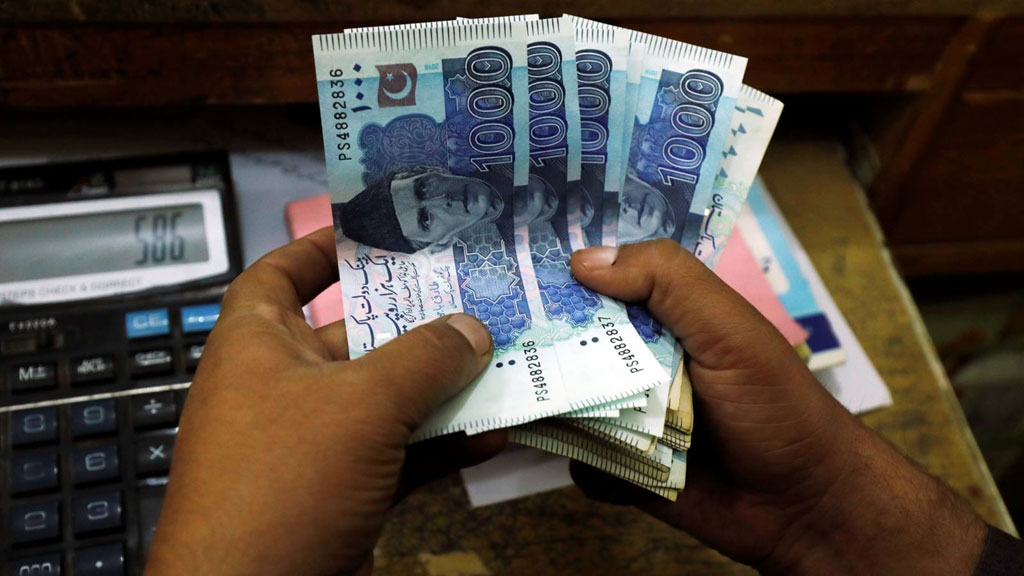 They say, all good things come to an end, and when you hit rock bottom, the only way is up. Historically, Pakistan’s economy has seen its fair share of good times, followed by periods of bad times. This has repeated several times in history—and during downturns; it has hit profitability of businesses, employment and living standards of consumers. But it is often in these times when business confidence can surprise the biggest of skeptics. Take automobiles for example. With the Auto development Policy 2021 in place, despite demand shrinking dramatically over the past few months, three global players—Kia, Hyundai and Renault—are launching their vehicles in the market with domestic equity partners. Then there is Sazgar.
They say, all good things come to an end, and when you hit rock bottom, the only way is up. Historically, Pakistan’s economy has seen its fair share of good times, followed by periods of bad times. This has repeated several times in history—and during downturns; it has hit profitability of businesses, employment and living standards of consumers. But it is often in these times when business confidence can surprise the biggest of skeptics. Take automobiles for example. With the Auto development Policy 2021 in place, despite demand shrinking dramatically over the past few months, three global players—Kia, Hyundai and Renault—are launching their vehicles in the market with domestic equity partners. Then there is Sazgar.
This three-wheeler manufacturer is not giving up. The company has been manufacturing rickshaws and some parts in Pakistan since 1991 and has maintained decent profitability over the years. Let’s also not forget that Sazgar is an exporter of three-wheelers into several markets including Japan which gives it an important edge. In its disclosure of FY19 financial statements to the PSX, the company announced it is going ahead with its plans to launch passenger cars in Pakistan with expected delivery to the market of its four-wheelers between Dec-19 to Jun-2020. In fact, due to inflationary and devaluation pressures, the company has revised the estimated cost of the project from Rs1.76 billion to Rs2.1 billion.
Obviously, under the automotive policy, the company gets the same incentives as the other new greenfield and brownfield players for the imports of parts and CKD kits. However, recent economic downturn and decline in demand should shake not only their confidence in the market but also their model and projections. In fact, passenger cars are getting a tough beating in the market having declined by 41 percent in 2MFY20 with Corolla down by 58 percent and the combined sales of Honda Civic and City down by 68 percent year on year. For mid-range engines (with smaller price tags) like Suzuki’s recent offering Wagon-R has also seen its sales decline by 72 percent.
However, it is clear that none of the new players believe that this economic slowdown is going to last. In an interview with BR Research, this confidence was echoed by Kia Motors CEO Asif Rizvi who explained: “Look, business decisions cannot be based on the ‘dark side’. If we base all our business decisions on doom and gloom, then nobody would join in. Why am I positive? Pakistan has a population of 220 million people with a 60 percent employable population which will be working, consuming and spending more. When their disposable incomes increase, the economic cycle will revive”.
Having said that, this resilience in new auto players also exists because they have a 5-year buffer period in which they can import parts on concessions. Five years is a long enough time to set up the roots of an automobile company prepared to localize, given the commitment.
So while Sazgar’s revenues have dropped 19 percent in FY19 translating to a 56 percent drop in after-tax profits, it is going ahead with its expansion because it believes it could get a healthy return from its investment when it finally launches the vehicles in the market. And in fact, this is the kind of confidence Pakistan needs in its productive sectors.






















Comments
Comments are closed.